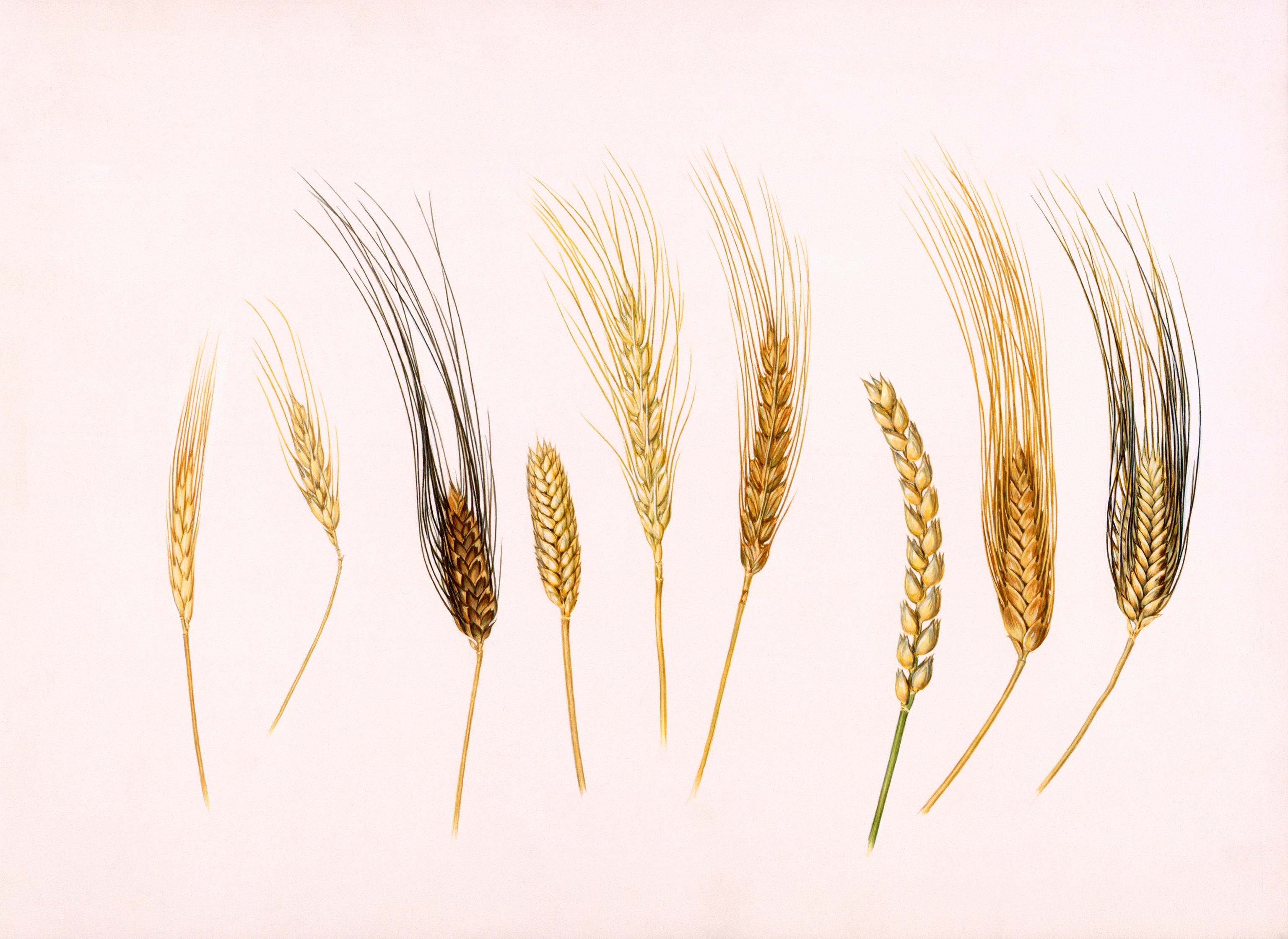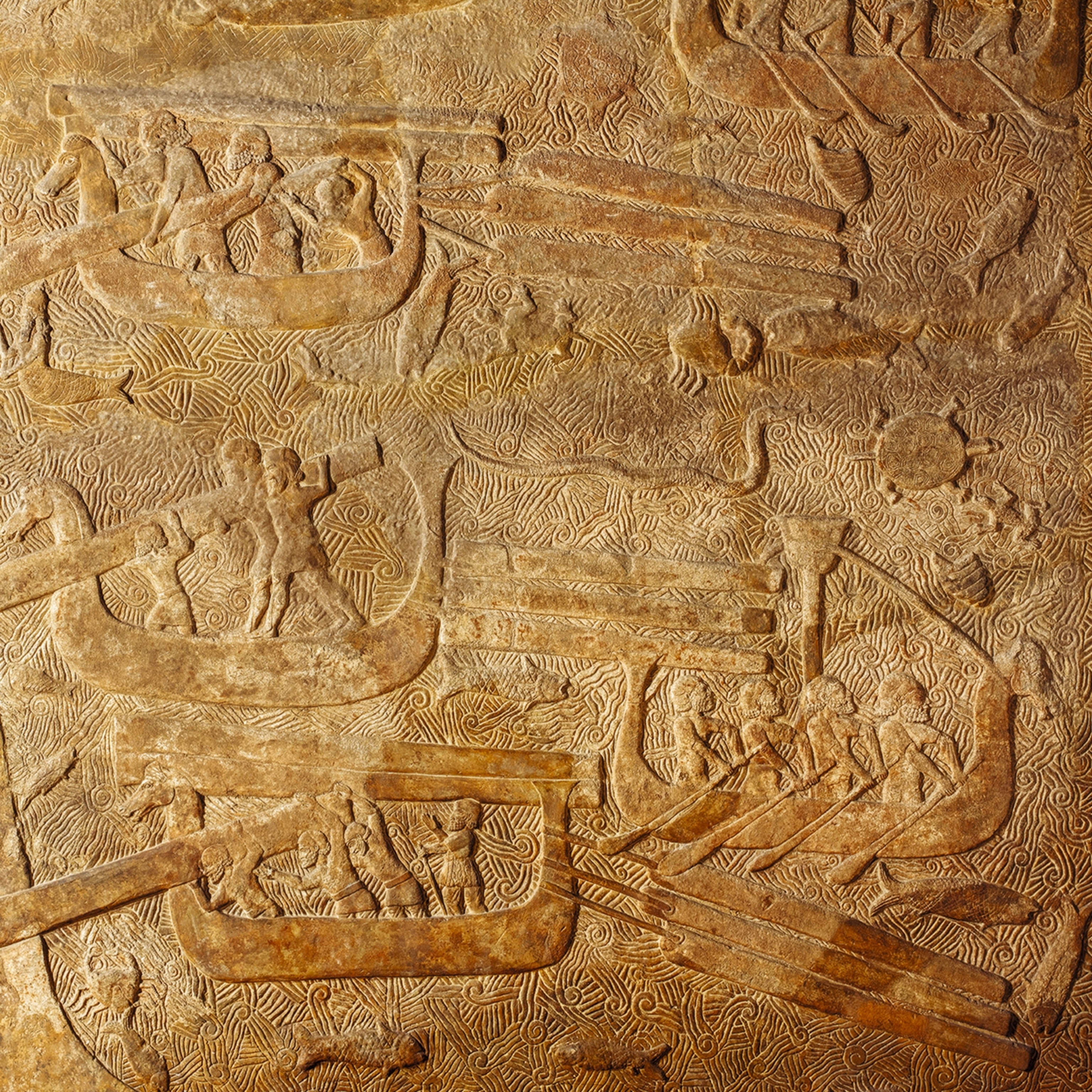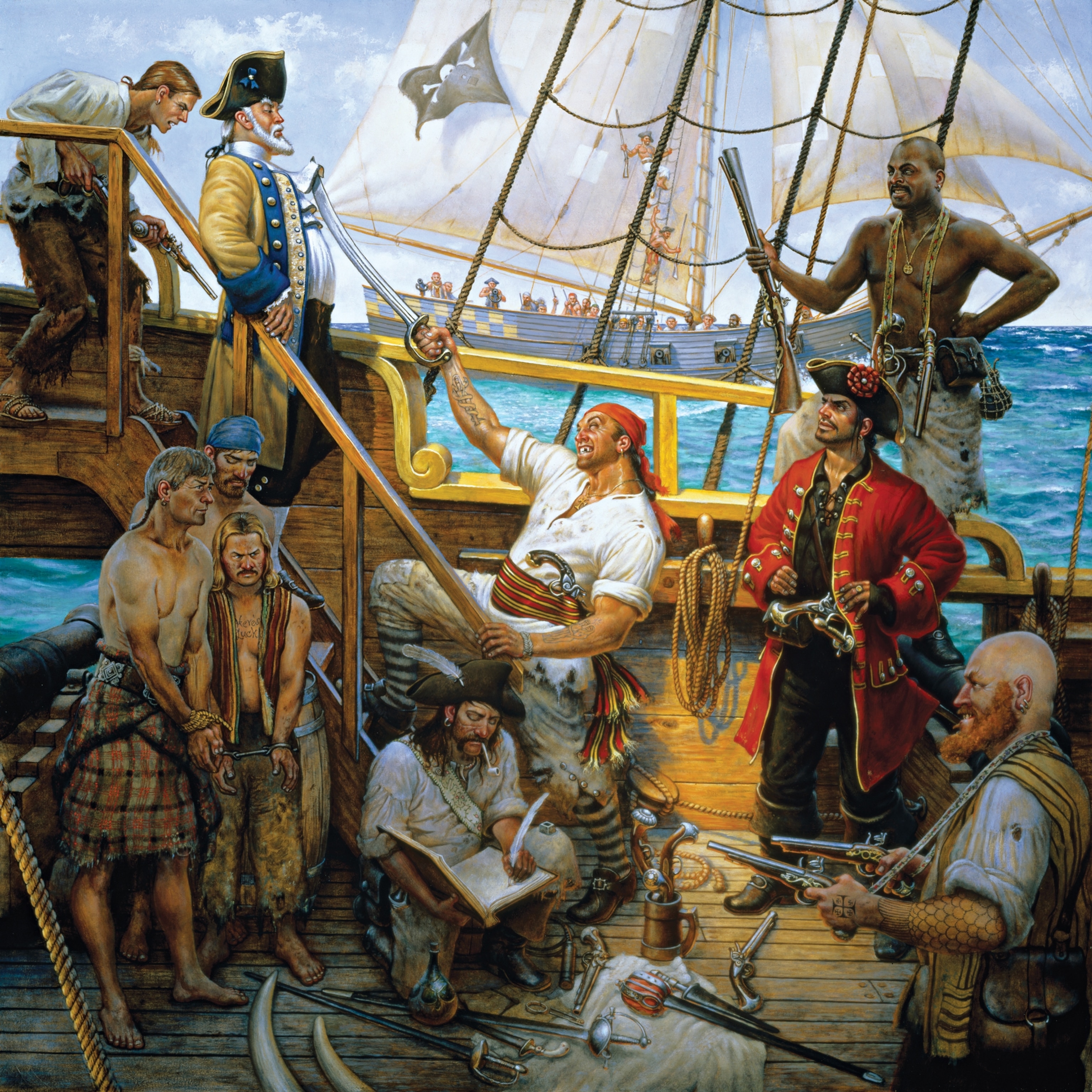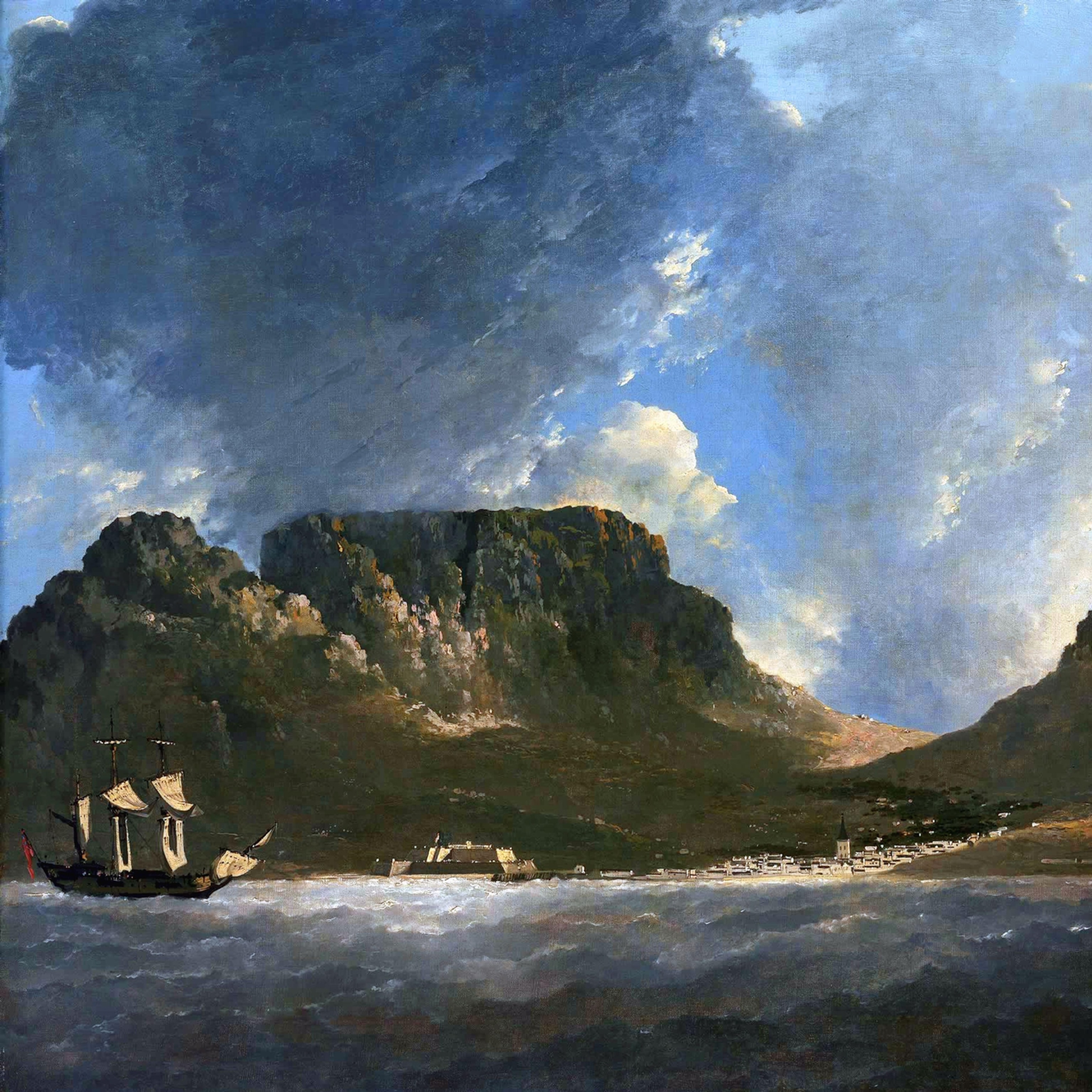
Ancient Wheat DNA Find Shifts Early UK Farming Theories
Some of us spend so much time thinking about not eating wheat, particularly its key protein, gluten, that it can be difficult to remember how important wheat is to human history.
We started growing it about 10,000 years ago. That was a major milestone; it marked the beginning of the end of the Mesolithic hunter-gatherer society and the start of Neolithic settlements focused on planting crops and raising animals for food. And because different societies turned to agriculture at different times, identifying wheat in the archaeological record can hint at how ancient peoples moved out from the Near East, where farming began, and how they spread across Europe to trade and then put down new roots.
That’s a lot of history to hang on the remains of some grain kernels. Now, a major archaeological find appears to have reset that understanding of history, and it hangs, not even on kernels, but on preserved DNA. In sediments taken from under the English Channel, scientists have identified the genetic material of ancient wheat varieties—and the layer where they reside is 2,000 years older than the earliest known evidence of farming in Britain.
A team of scientists from several British universities reported in Sciencereported in Science last week that they have identified wheat DNA in cores from the seabed at a site known as Bouldnor Cliff, which is 7.5 miles off England’s southern coast and a few hundred feet from the northwest corner of the Isle of Wight. Eight thousand years ago, the site was on dry land, and was occupied by hunter-gatherers; among its archaeological remains are the burned shells of hazelnuts they roasted for food.
“It’s a really interesting site archaeologically,” senior author Robin Allaby of the University of Warwick tells The Plate. The place where the wheat DNA was found is a long-established underwater excavation of “a boat-building workshop—not a place people lived—where there is worked wood using technology that you don’t see on the UK mainland for another 2,000 years. The stone tools are not typical for Britain; they look quite similar to that which you find across the coast of France.”
Allaby’s specialty is the evolutionary genetics of plants, and in cores taken from the seabed, he hoped to find DNA evidence of plants that would have grown in the area when it was above water: as a hypothesis, hardwood such as oak and alder, fruit trees, shrubs and grasses. They did find those things, he said: “But we also found there was a really heavy representation of wheat, and that came as a massive surprise.”
Using several painstaking techniques (dissected in an accompanying commentary by Greger Larson, director of the Paleogenomics and Bio-Archaeology Research Network at the University of Oxford) , Allaby and the other researchers verified that the wheat DNA had not migrated down from sediments formed in more recent times, and also was not a modern contaminant. But there was no evidence that the wheat had been grown at the site: no archaeological evidence of farming, and no fossilized wheat pollen among the tree, shrub and grass pollen found in the cores.
A reasonable conclusion, Allaby said, is that the wheat arrived as a trade good, possibly in the form of flour—and possibly by sea, not only because the site was a shipyard, but because one Neolithic cultural group is known to have moved up the western coast of France by boat.
“It immediately suggests that a sophisticated cultural interaction must have been going on,” he said. “We don’t normally think of Mesolithic people as being sophisticated enough to have interaction with the advancing farmers, but here we have them in possession of the products of Neolithic technology 2,000 years before we thought. It changes our understanding of their role and how they become involved in the instigation of domestication.”
Prior archaeological work hasn’t shown that Neolithic group (known as the Cardial Ware culture) in western France at exactly the same time the wheat comes from, Allaby acknowledged. At the time the wheat was deposited, he said, “the pioneer front of farming is southern France—but that distance is not beyond the realm of possibility for mobile peoples like hunter-gatherers.”
The shake-up this provides to the understanding of farming is likely to ripple for a while. In a lengthy blog post, Dorian Fuller, a professor of archaeobotany at University College London—who calls the paper “methodologically impressive”—says it may not force redrafting of the entire history of the rise of agriculture. Instead, he proposes that the wheat may have been carried by bold traders who raced in front of mass migrations with an eye toward profit:
…the new wheat DNA from the English Channel requires us to think in terms of small scale pioneers operating beyond the frontier of farming spread and trading with foragers, and beyond that foragers trading with each other… This would not have been about trading food as needed calories but about foodstuffs that were rare, exotic and valuable. I would guess these early cereals would have been symbolically charged as exotica, much like spices in much later times.
Many questions of course remain, including why the transition from buying wheat to growing it took so long in Britain, and whether there are other submerged sites—on the French coast for instance—with contents that could further explain the timing of farming’s start. The extremely good preservation of the wheat DNA is also allowing Allaby to anticipate investigating other submerged sites—including Doggerland, once a populated land bridge between Britain and Europe, lost beneath the rising North Sea 8,000 years ago.
“The condition of that DNA was far, far better than equivalent DNA from a terrestrial environment, and it is because what you have at the bottom of the sea is a constant 4 degrees (Celsius) environment,” he explained. “It’s like Nature’s fridge. And that opens a really big door. Because if you are trying to understand evolutionary processes through ancient DNA, then what you can do is very constrained by latitude. It’s fine for digging up mammoths from the permafrost—but if you are interested in the origins of agriculture, like me, you are doomed to work in warm climates where DNA only lasts a few thousand years.
“But that constant 4 degrees at the bottom of the sea is pan-global. And that means we can go to inundated landscapes anywhere in the world, to the tropics, to the Red Sea. It is really exciting.”








